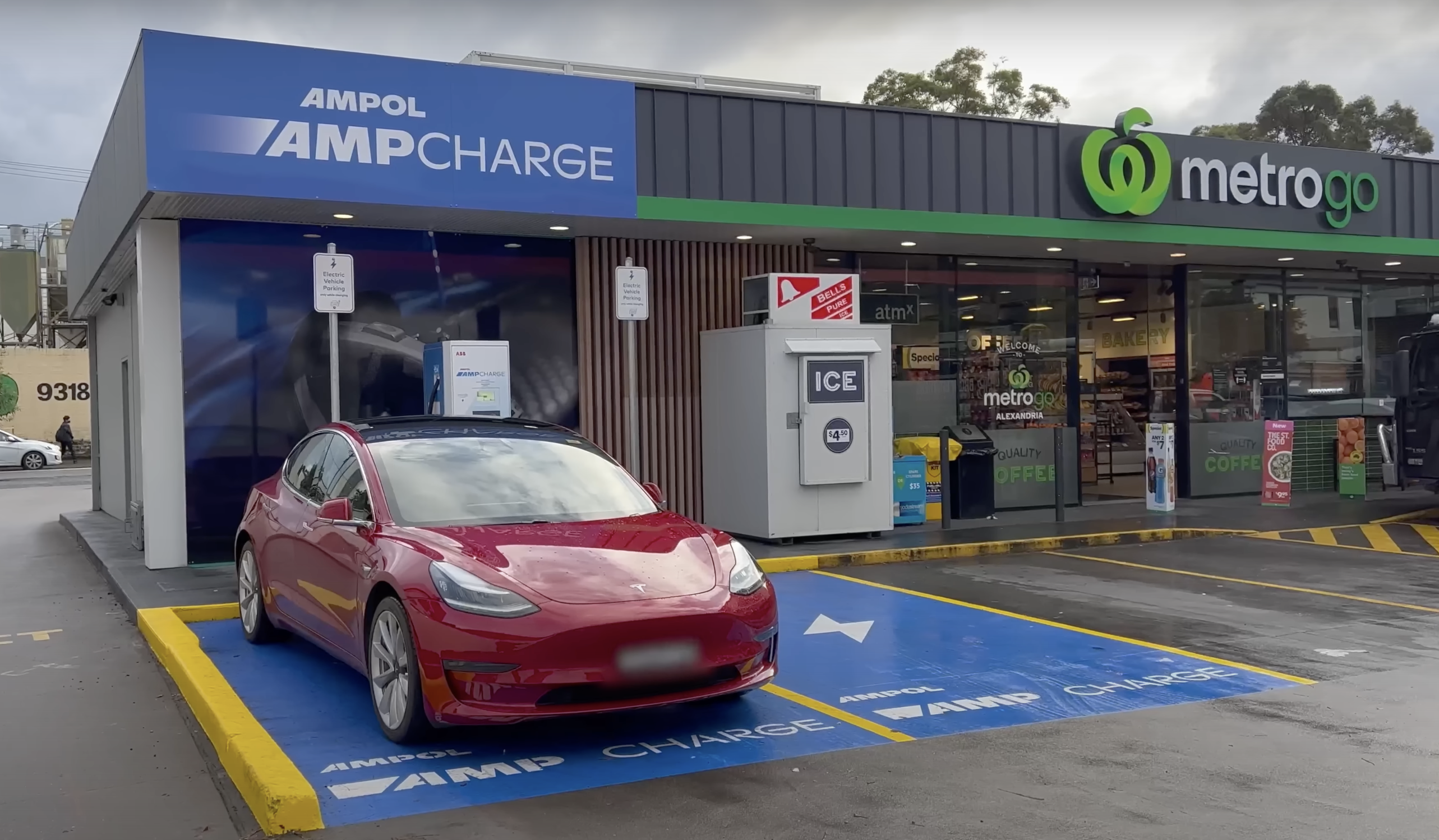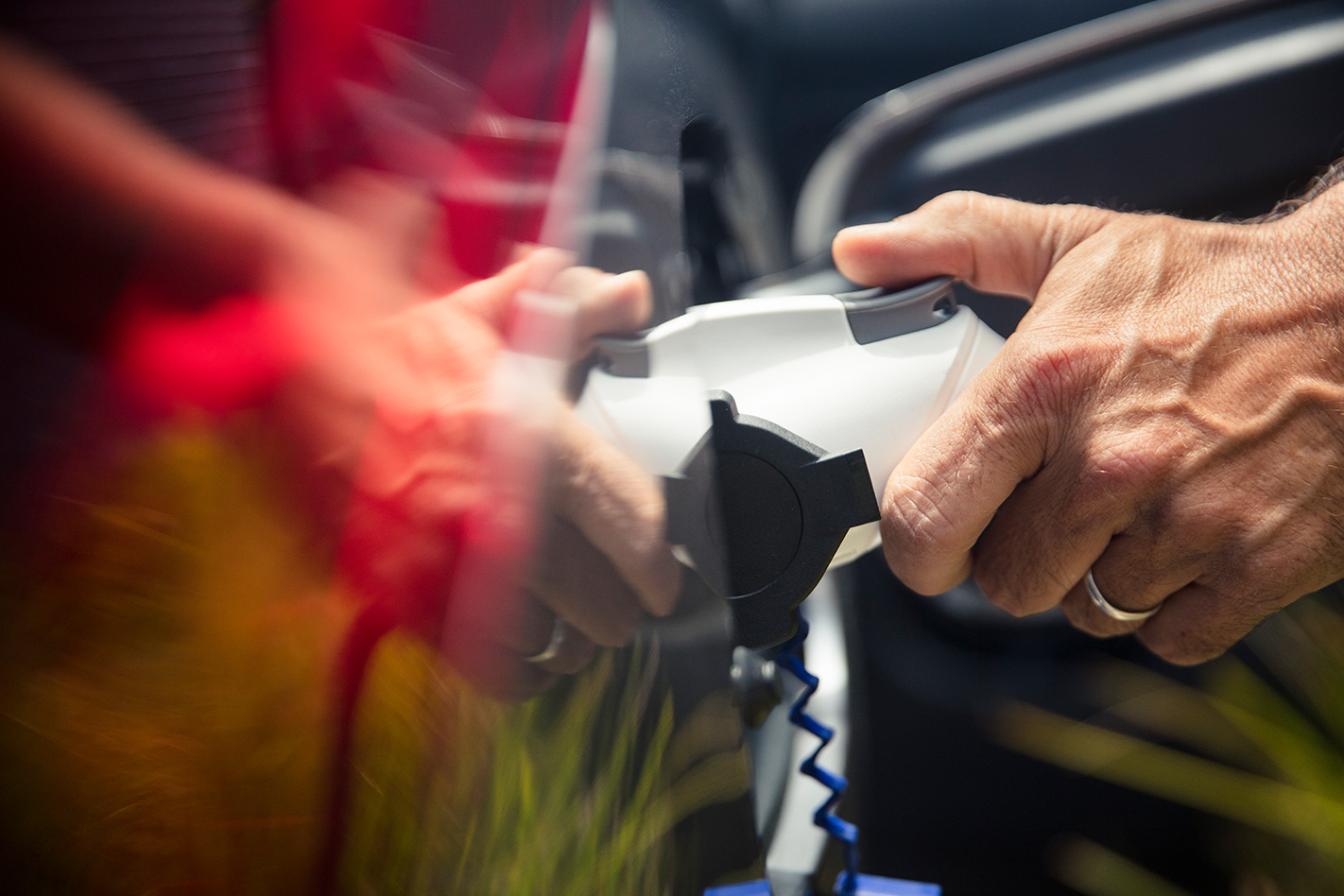The plug is being pulled on the electric car.
European manufacturers are scaling back their EV ambitions in response to a collapsing market. In Germany, EV sales plunged 27.4 percent in 2024. Porsche, Lotus, Volvo, Bentley, Audi, Aston Martin have each announced some sort of delay to their EV plans and even renewed investment in combustion engines and hybridisation. Geopolitical tectonic plates are also starting to shift against the EV.
While it’s still early days, a rollback of the EV rollout could amount to an apparent win for Western auto industries, a win for the combustion engine (which I personally love, just as you do) and a loss for China, where the EV continues to boom.
But it would feel like another loss of other sorts – and a great pity, if you ask me. I like electric cars. They make increasing sense to my prudent, middle-aged Australian mind. I like driving them.

I don’t love the extra weight, but that’s probably unsurprising given I swap into a 900kg Toyota at least once a week. But EVs are getting lighter; a rear-drive Tesla Model 3 is ‘just’ 1761kg with a sensible 513km WLTP range. The low centre of gravity in such cars makes the heft feel somehow less. EVs should get lighter with time.
You can hoon around in an EV without having to wait for an engine to warm up. I like their stealthy briskness, letting you zip around urban areas at night without feeling like the bloke who just woke up some other bloke’s baby.
EVs are great for daily duties. Cabin pre-heating or pre-cooling is a game-changer. You can also leave your dog in the car on a hot day with the AC going and doors locked.
EVs are cheap to run. Forget the $1500 wallbox – if you’re the average Australian who commutes 31.2km each day, a powerpoint is fine. Program the car to charge between midnight and 6am on an EV electricity plan, and you could cover about 75km for $1 in something like a Hyundai Ioniq 5 RWD. A 7L/100km new SUV at $1.93/litre is more like $10 for the same distance. Charge the EV at work on the boss’s dime and you’re laughing.
More EVs will lead to a proliferation of used EV batteries – a disaster, right? More like an ideal scenario for Australia which increasingly has more household solar than it knows what to do with. Already enterprises are repurposing old EV batteries for household use. No electricity bill at all, and not a single lump of coal burned? Sounds okay to me.

Many expensive-sounding studies have demonstrated that EVs are far from from “zero emission” but even in worst-case scenarios, they still release less CO2 than combustion cars. The International Energy Agency says a medium EV, when fully recharged with 90 percent coal-fired electricity across a 15-year lifetime, will produce 16 percent less overall CO2 than an equivalent combustion car – including manufacturing. That includes the assumption that no new renewables are added to the grid in that time.
Even if charged only with coal, EVs shift their exhaust fumes to some distant power station, rather than within easy inhalation distance of, you know, your lungs. And if you don’t ‘believe’ in man-made climate change, what if you’re wrong? Surely there’s no harm in releasing considerably less CO2 into the atmosphere just in case?
I accept EVs aren’t perfect. Using children to mine the cobalt, in Africa, is not ideal, to say the least. If you live rural, need to tow or regularly drive long distances, a PHEV is better.
Depreciation, however, remains the hairiest number on my EV spreadsheet, but that will surely improve in time. If the lights don’t go out, that is. It would be a true shame if they did.
This piece originally appeared in the March 2025 issue of Wheels magazine.




